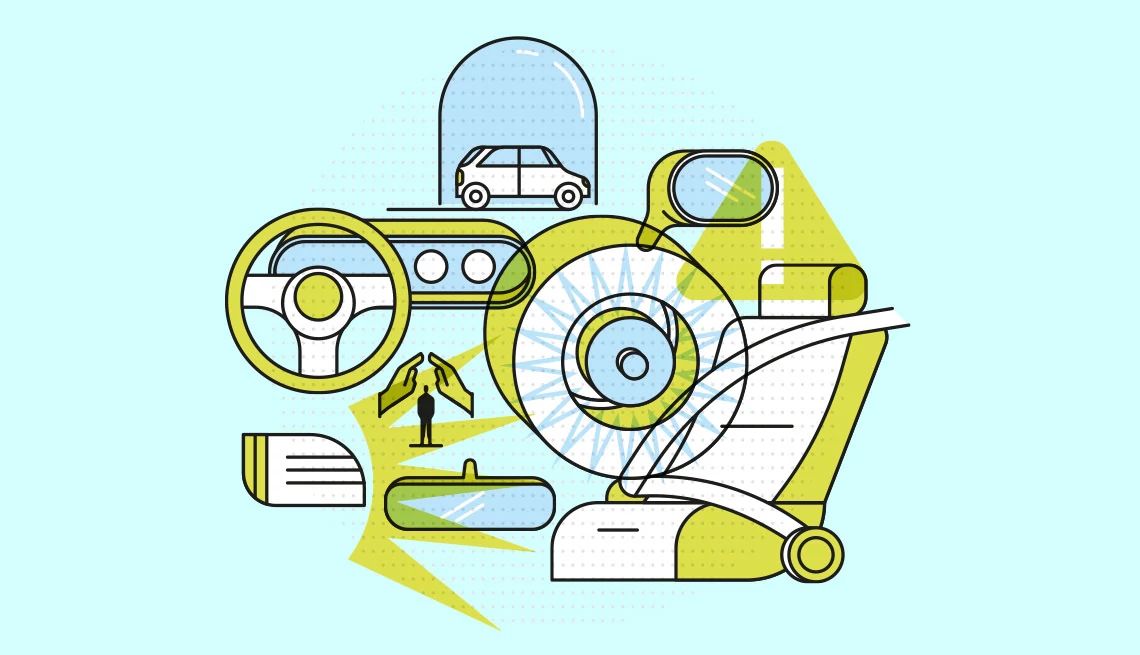
Safety features that can protect you in your car | members only access
- Select a language for the TTS:
- UK English Female
- UK English Male
- US English Female
- US English Male
- Australian Female
- Australian Male
- Language selected: (auto detect) - EN
Play all audios:

It’s been a quarter century since airbags became mandatory in new cars and light trucks sold in the United States. Frontal airbags alone have been credited with saving more than 50,000
lives, the National Highway Traffic Safety Administration says. But the engineers behind automotive design didn’t stop there. As technology has advanced, so have safety features. And that’s
good news for older drivers, says Josh Dunning, an AARP vice president and national director of AARP Driver Safety. “Technology in vehicles has significantly improved safety over the
years and when used properly can offer strong additional protection,” he says. Here are key safety features industry professionals say you should consider. FORWARD COLLISION WARNING Your
car can detect another car or other obstacle ahead. When it senses the threat of a crash, based on speed and distance, it alerts you with a warning sound, visual alert, steering wheel
vibration or brake pulse. “We’ve seen it reduce crashes by about a quarter,” says Jessica Cicchino, vice president for research at the Insurance Institute of Highway Safety. AUTOMATIC
EMERGENCY BRAKING This takes things a step further, not only detecting that you need to brake, but doing it for you. “It’s that extra bit of protection when perhaps you’re not seeing that
person up ahead,” says Pam Shadel Fischer, senior director of external engagement with the Governors Highway Safety Association. Automatic reverse braking is also an option in some vehicles,
says Daniel McGehee, director of the Driving Safety Research Institute at the University of Iowa. “Bumpers are expensive now,” he says. “If you even bump backwards into a pole, it’s going
to cost around $3,000 to $4,000 to fix.” BLIND SPOT WARNING This alerts you to a potential crash when changing lanes, but it takes different forms. “Ideally, you need more than just having
a light on your instrument display,” says Kennerly Digges, head of the Automotive Safety Research Institute. “You need to have the wheel shake.” Cicchino says this safety feature can be
especially important as we age. “Lane-change crashes are more common with older drivers. Older people might have trouble turning to check their blind spot or being able to judge traffic and
spaces.” LANE-KEEPING ASSIST This is more than just a warning light; in the best of these systems, your car gently tugs the wheel when it detects you’re drifting into another lane. “Many
crashes are the result of running off the road,” Shadel Fischer says. “That’s especially true in rural areas. Lane-keeping assist gives people a nudge to get back in your lane.”
